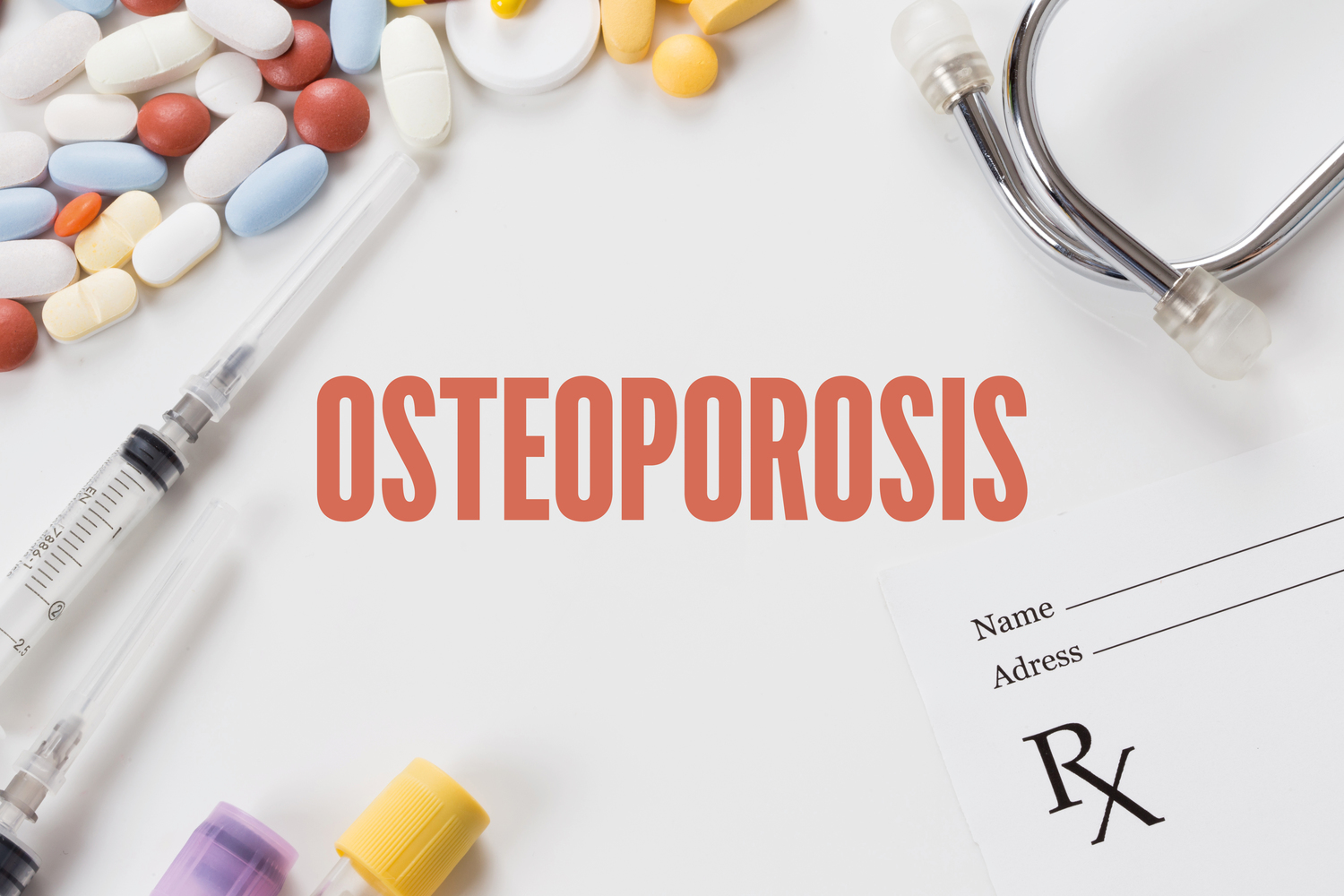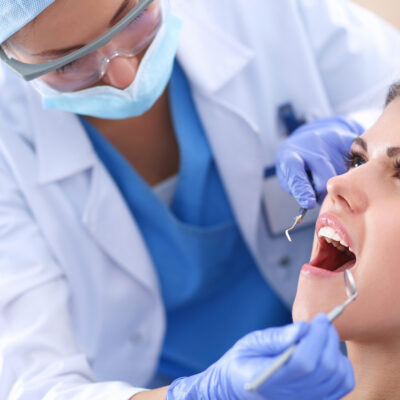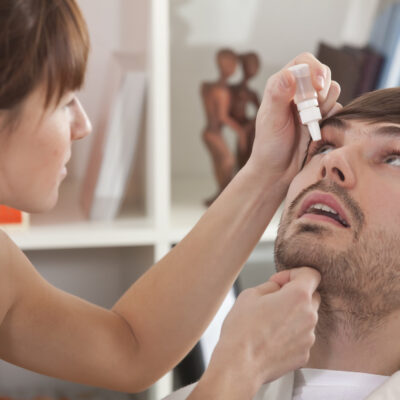
Osteoporosis – Symptoms, risk factors, and prevention
Osteoporosis is a condition in which bones deteriorate or become brittle and fragile due to low bone mass and bone tissue loss. The bones become so weak that it could fracture due to a fall. Osteoporosis means porous bone.
Healthy bones have a honeycomb-like structure. When a person develops osteoporosis, the spaces in the honeycomb-like structure become much larger and the bones become less dense. As a result, the bones weaken and become prone to fractures. Osteoporosis can affect both males and females, but it is more likely to occur in women after menopause due to a sudden decrease in estrogen hormone that normally protects against osteoporosis. This condition affects the structure and strength of bones. There is a higher risk of fractures as the bones become weaker. So, a fall or even a fairly minor knock can lead to a fracture. The spine, hip, and wrists may become prone to fractures. Smoking and poor diet are some risk factors of osteoporosis. If the spine weakens due to this condition, it may lead to a stoop and can cause bone pain.
Symptoms
There are no symptoms in the early stages of bone loss because of which osteoporosis is called a “silent disease.” In the later stages, an individual may experience some signs and symptoms:
- Back pain caused by collapsed vertebra
- Loss of height over time
- Stooped posture
- An unexpected bone fracture
- Frequent fractures
Uncontrolled risk factors
Numerous factors can increase the risk of osteoporosis, but some are controllable through lifestyle changes. Other factors may be unavoidable:
Sex
Women are more likely to develop osteoporosis than men.
Age
Older people face a higher risk of osteoporosis.
Race
Osteoporosis is more common in Caucasians and people of Asian descent.
Family history
If an individual’s parent had osteoporosis, they face a relatively higher risk.
Body frame size
Men and women who have small body frames face a higher risk.
Hormone levels
- Sex hormones: The reduction in estrogen hormone levels in women during menopause is one of the most significant risk factors for osteoporosis.
- Thyroid problems: Excess amount of thyroid hormone can cause bone loss.
- Other glands: Overactive parathyroid and adrenal glands are also associated with bone loss.
Dietary factors
People who have low calcium intake, gastrointestinal surgery, and eating disorders are more likely to face this condition.
Steroids and other medications
Osteoporosis is also associated with medications used to prevent seizures, gastric reflux, cancer, and transplant rejection.
Medical conditions
People who have certain medical problems are at a higher risk of osteoporosis:
- Celiac disease
- Inflammatory bowel disease
- Kidney or liver disease
- Cancer
- Lupus
- Multiple myelomas
- Rheumatoid arthritis
Lifestyle choices
Poor lifestyle choices can increase the risk of osteoporosis. Some such factors are a sedentary lifestyle, excessive consumption of alcohol, and tobacco use among others.
Prevention
Good nutrition and regular exercise are essential for keeping the bones healthy. One can have foods that are rich in protein and calcium to strengthen their bones. Body weight exercises also help in reducing the risk of osteoporosis. An individual who faces a high risk of this condition should make sure that they get an adequate amount of vitamin D.
The treatment for osteoporosis aims to prevent the progression of this condition, maintain healthy bone mineral density, maintain bone mass, prevent fractures, reduce pain, and to enable an individual to lead their daily life. One must consult a doctor who will suggest the right course of action.


